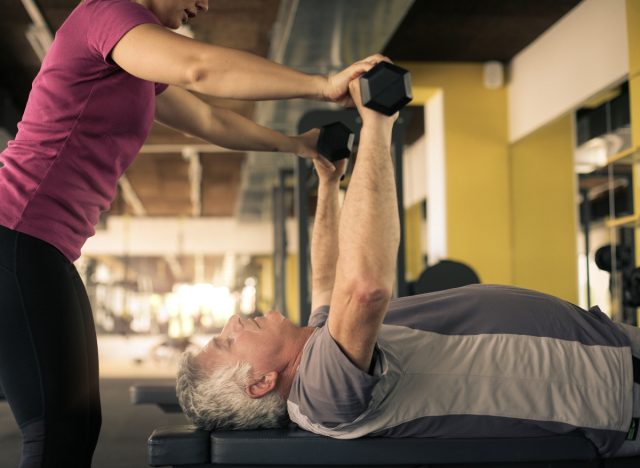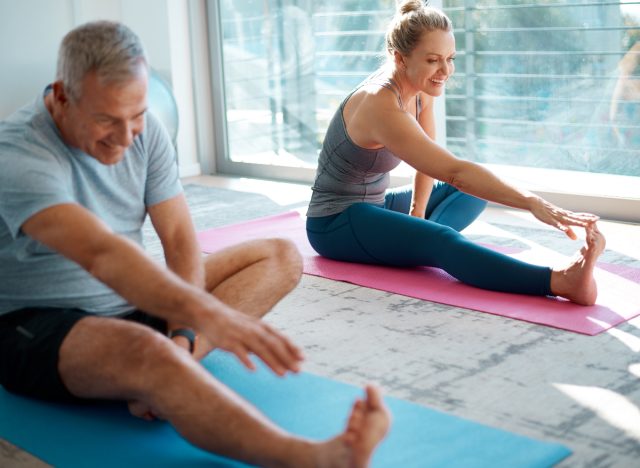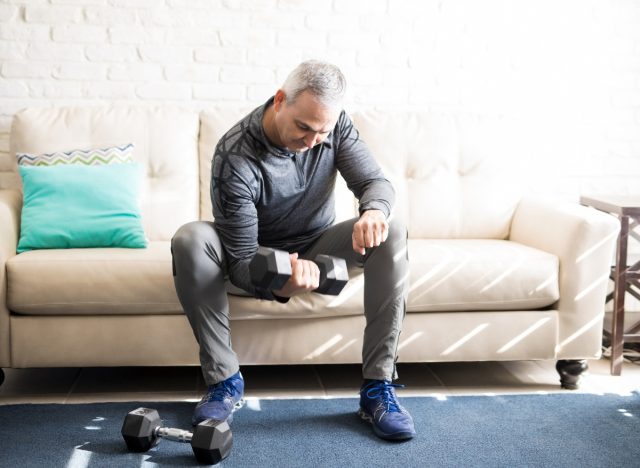We all know exercise is important for keeping us healthy as we age. However, not all exercise is created equal. It's important to emphasize certain types of exercise over others if your goal is maximizing your healthspan, longevity, and independence. In this article, I'm going to discuss five of the worst exercise habits that destroy your body after 50. For each, I'll walk you through exactly how to avoid these pitfalls. Simply put, making the following mistakes over time means missing out on the multitude of benefits from exercise as a whole when properly programmed.
According to a large body of research, proper exercise programs—specifically resistance training—can reduce or even reverse the following common effects of aging:
- Loss of muscle mass
- Loss of bone density
- Reduction in balance
- Increased risk of falls
- Reduced mobility and balance
Clearly, these are all things you want to delay or avoid for as long as possible throughout your lifespan. That being said, if for some reason you cannot follow these recommendations, you should still continue exercising in one form or another.
You're avoiding the weight room.

If you've been intimidated by the weight room in the past, you are not alone. Nevertheless, lifting weights is a very important part of any fitness program designed to slow or reverse the aging process.
You need to lift weights that are challenging for a low number of repetitions. They should feel heavy relative to your current strength. I recommend to all my 50-year-old and older clients that they perform sets of six to 12 repetitions using a weight that leaves one to repetitions "in the tank" after the first set.
You're skipping mobility work.

Mobility is a vital component of reducing injury and ensuring your joints maintain a normal, functional range of motion. Mobility can include things like yoga, massage, foam rolling, stretching, and any other activities that incorporate some form of stretching or elongation of the muscles.
I usually recommend active forms of stretching such as yoga as opposed to passive stretching, but both have benefits. Incorporate 30 to 60 minutes of mobility activities three times per week in conjunction with your weight training for maximum benefits.
You're focusing too much on isolation movements.

If you've been convinced to lift weights, you still need to use the right movements. Too often, clients are focused on isolation exercises such as biceps curls, triceps extensions, and leg extensions. While this type of weight exercise has a place in training, the focus should be on compound movements that load multiple muscles and joints.
In particular, be sure to include weighted movements like squats or deadlift variations that load the spine vertically. These provide the most benefit in terms of bones, muscle, and performance improvements.
You're only walking on stable surfaces.

Walking is a great addition to weight and mobility training. However, if you only walk on paved surfaces, you are missing out on some serious benefits. You may also risk aggravating your joints if the surfaces are always paved.
Walking on uneven surfaces such as sand, trails, rocky terrain, and other unpaved surfaces helps improve your balance and ankle strength while reducing the impact on your joints.
You're skipping exercise altogether.

By far the absolute worst thing you can do is skip exercise altogether. While the best exercise programs for people 50 and older would follow the above recommendations, doing anything is always better than doing nothing.
Short walks, cardio machines, taking the stairs, and other activities are still worth shooting for even if weight training, yoga, and other methods are off the table. Take a walk and do some stretches at the very minimum. Your body will thank you now and later.
No comments:
Post a Comment